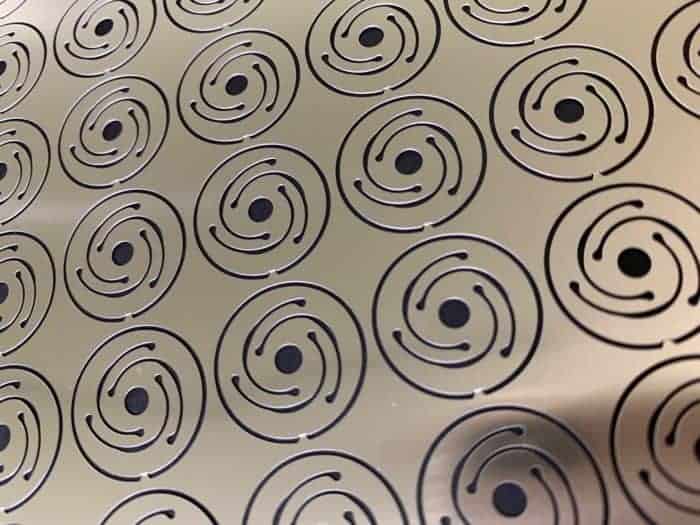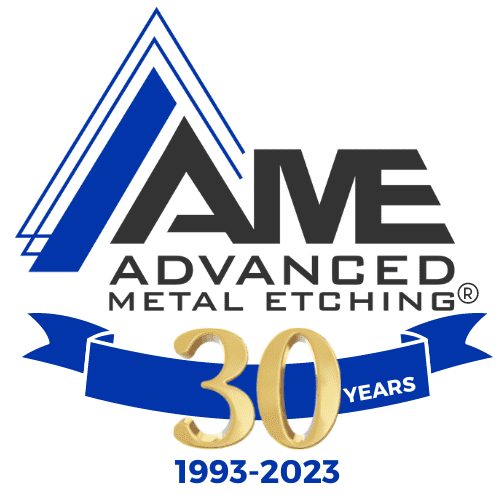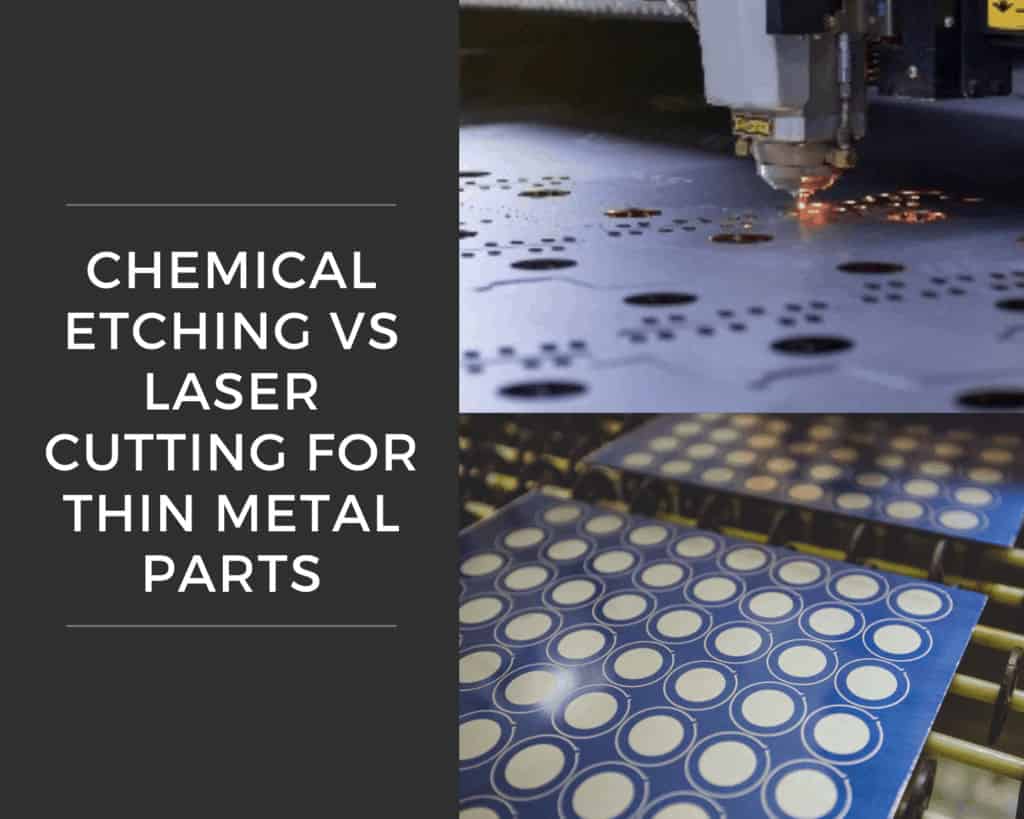Chemical Etching vs Laser Cutting for Thin Metal Parts
Chemical etching and laser cutting are both sheet metal fabrication processes that effectively produce various thin metal parts for the aerospace, automotive, medical, electronic, military, wireless, and telecommunications industries.
Firstly, both of these manufacturing methods are subtractive; the laser cuts material away with a high-powered laser beam while chemical etching uses certain chemicals that erode the unwanted metal.
Both processes are used to duplicate a part's design with precise detail and low tolerances on sheets of metal that would otherwise be impossible (or at least very time and labor-intensive) to achieve.
For certain products like mesh filters, grills, heat exchangers, and encoder discs, the metals' specifications need to be precise for the product to function correctly. Both manufacturing processes provide a solution, but let's explore the two's key differences.
Cost
When it comes to cost-effectiveness, this is where chemical etching shines, as it's the more affordable option when manufacturing on a larger scale. Laser etching is also suitable for prototyping or doing a one-off job/ low unit order, but if you want to mass-produce an item, chemical etching is the best bang for your buck.
As both processes offer similar results, it depends on the client's needs regarding whether laser or chemical is best.
Laser etching is applicable for intricate designs, but to produce more of the same part, you'll require more lasers; otherwise, each piece is cut one at a time.
Chemical etching is a manufacturing process more suited to a larger-scale production as it can produce exact results and etch many parts simultaneously. You can go from prototyping to industrial-scale production rapidly, which means that costs are comparatively reduced.
Time

As mentioned briefly above, the time to produce is low for both—the difference changes when a more significant number of units are required. Laser etching is scalable but requires more lasers which aren't always very cost-efficient in the first place.
The chemical etching process is designed to process many sheets continuously, so the overall time for large-scale production is low.
A laser works on its design by cutting away unwanted material, and one laser only works so fast, whereas an etchant works away at the entire sheet of metal simultaneously.
Chemical etching has reduced production times for these types of fine-detail/ feature metal products from months to weeks in many instances.
Another feature that improves production speed is that chemical etching is a burr and stress-free process, so there is no need for secondary operations, such as deburring. The laser process can produce thermal-induced stresses in the metal, which is unacceptable for specific applications.
Quality
The results of both laser and chemical etching speak for themselves in terms of quality, as they both can maintain low tolerances.
Still, the chemical process can go as small as 30 μm with no loss to the metal's properties or any imperfections, for that matter.
The laser cutting process uses high-energy laser beams to etch the metal, which can affect the metal's integrity in certain instances. So it ultimately depends on your requirements for the etched metals, but, as mentioned, for larger-scale manufacturing processes, the best choice is chemical etching for speed, quality, and affordability.
The chemical etching process, as the name suggests, is controlled via chemical reactions. For this reason, it's able to achieve precise measurements and shapes across a wide range of commonly-used metals.
For example, fuel cell plates are stacked together to function correctly, and because each plate needs to be exact for it to work, chemical etching is the best solution for achieving this.
Achieving quality and consistency is always the goal for larger-scale production. And at companies such as Advanced Metal Etching and Tecan, we have the photo etching capacity and capabilities to meet your part requirements.
Complexity
Complexity does not mean in terms of the manufacturing process but about what can be created. Both laser cutting and photo chemical etching offer fantastic micro detailing levels.
Still, again, chemical etching has the edge for larger-scale manufacturing as the process works on the complete design concurrently rather than one at a time. As both are computer-led designs are carried out in different ways, the detail is precise, and both processes can achieve incredibly accurate results. In terms of reliability, though, the chemical approach has the edge because it doesn't affect the metal's ductility, grain structure, or hardness.
As both can achieve great accuracy, it comes down to other factors such as reliability or consistency throughout each piece, and this is where chemical etching excels.

As with everything related to production and purchasing, careful research and consideration are well worth taking before committing to one option.
It will undoubtedly depend on your requirements to know which option is best for your needs, but hopefully, this comparison will help decide which option will best fulfill your part's needs.
Related Post: Chemical Etching vs Other Manufacturing Methods for Precision


